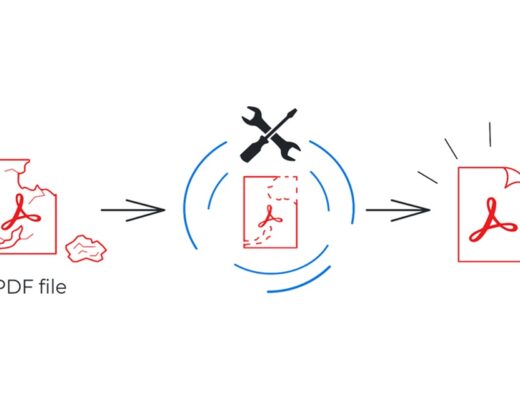In today’s highly connected world, a website is a crucial touchpoint between your business and your customers. Just as a physical store needs maintenance, a website requires continuous optimization to reach peak performance. This blog delves into the transformative effect of website optimization software and its role in unleashing your online presence’s full capabilities.
The Importance Of Website Optimization
A website is often the first interaction customers have with your business. Optimizing your website is essential for several reasons:
- Enhanced User Experience: An optimized website provides a smooth and engaging experience, encouraging visitors to stay longer and explore. This optimization leads to a more intuitive navigation structure, allowing users to find what they need effortlessly.
- Improved Search Engine Visibility: Optimization tools can significantly boost your website’s visibility on search engines, increasing organic traffic. Adhering to best SEO practices makes your site more discoverable to your target audience.
- Higher Conversion Rates: A well-optimized site is more likely to convert visitors into customers. Streamlining the user journey from landing page to checkout can drastically improve conversion rates.
Leveraging Analytics For Optimization
Gaining insights into your audience’s interaction with your website is a crucial initial step in optimization. Analytical tools, such as Google Analytics, offer valuable information about user behavior, helping pinpoint areas needing enhancement.
- User Behavior Analysis: Knowing which pages are popular and where users spend time can guide enhancements. This data is crucial for tailoring content to meet your visitors’ specific interests and needs.
- Pain Point Identification: Analytics can highlight issues on pages with high bounce rates, signaling content, or usability problems. Addressing these problems can significantly improve the overall user experience and reduce visitor drop-off.
Speed Optimization: Valuing Time
In today’s fast-paced online environment, speed is critical. Tools to reduce load times can dramatically enhance user satisfaction and search engine rankings.
- Image Optimization: Tools like TinyPNG help compress images without losing quality, thereby speeding up page loading times. Optimizing images also helps in conserving bandwidth, especially for mobile users.
- Code Minimization: Tools like Minify streamline your site’s code, enhancing load speed. Simplifying the code improves loading times and makes maintenance and updates more manageable.
SEO Optimization: Enhancing Online Visibility
SEO is crucial for online presence. SEO tools help optimize your site to rank better in search results.
- Keyword Strategy: Tools like SEMrush or Ahrefs help find relevant, high-traffic keywords. Strategically using these keywords in your content helps align with user search intent, improving visibility.
- Content Quality: Ensuring your site has relevant, high-quality content is vital for user engagement and ranking. Frequently updating your website with fresh, valuable content can establish your site as an authority in your field.
Mobile Optimization: Adapting To User Trends
Optimizing for mobile is essential, with most internet traffic coming from mobile devices.
- Responsive Design: This ensures your site is accessible and functional across various devices. A mobile-friendly design is not just about aesthetics; it’s about providing a consistent user experience across all platforms.
- Touchscreen Navigation: Optimization includes making your site easy to navigate on touchscreens. Simple and intuitive touch controls enhance the mobile user experience, which is crucial as mobile browsing continues to rise.
User Experience (UX) Optimization: Central To Success
A superior user experience keeps visitors returning. UX optimization tools can help make a website more engaging and intuitive.
- Collecting User Feedback: Tools like Hotjar provide direct insights into the user experience. This feedback is invaluable for making user-driven improvements to your website.
- A/B Testing: Using tools like Optimizely to test different page versions helps determine the most effective layout. A/B testing allows for data-driven decisions, ensuring that changes lead to positive user engagement and satisfaction outcomes.
Security Optimization: Protecting Your Site
Protecting your site is a top priority in an era where online security is crucial. Security optimization tools help safeguard your site and build user trust.
- Keep Software Updated: Regular updates protect against security vulnerabilities. Keeping your website’s software up to date is one of the simplest yet most effective ways to prevent security breaches.
- SSL Certificates: Services like Let’s Encrypt offer free SSL certificates crucial for user data protection. An SSL certificate is not just a security feature; it’s a trust signal to your visitors, showing that you value their safety.
Conclusion
Optimizing a website is an ongoing journey. The right website optimization software can enhance the user experience, improve search engine rankings, and unlock your website’s potential. In the vast online world, an optimized website is your beacon, guiding users to your content. Continuous optimization ensures that your website adapts to changing user behaviors and technological advancements, maintaining relevance and effectiveness.







No Comments